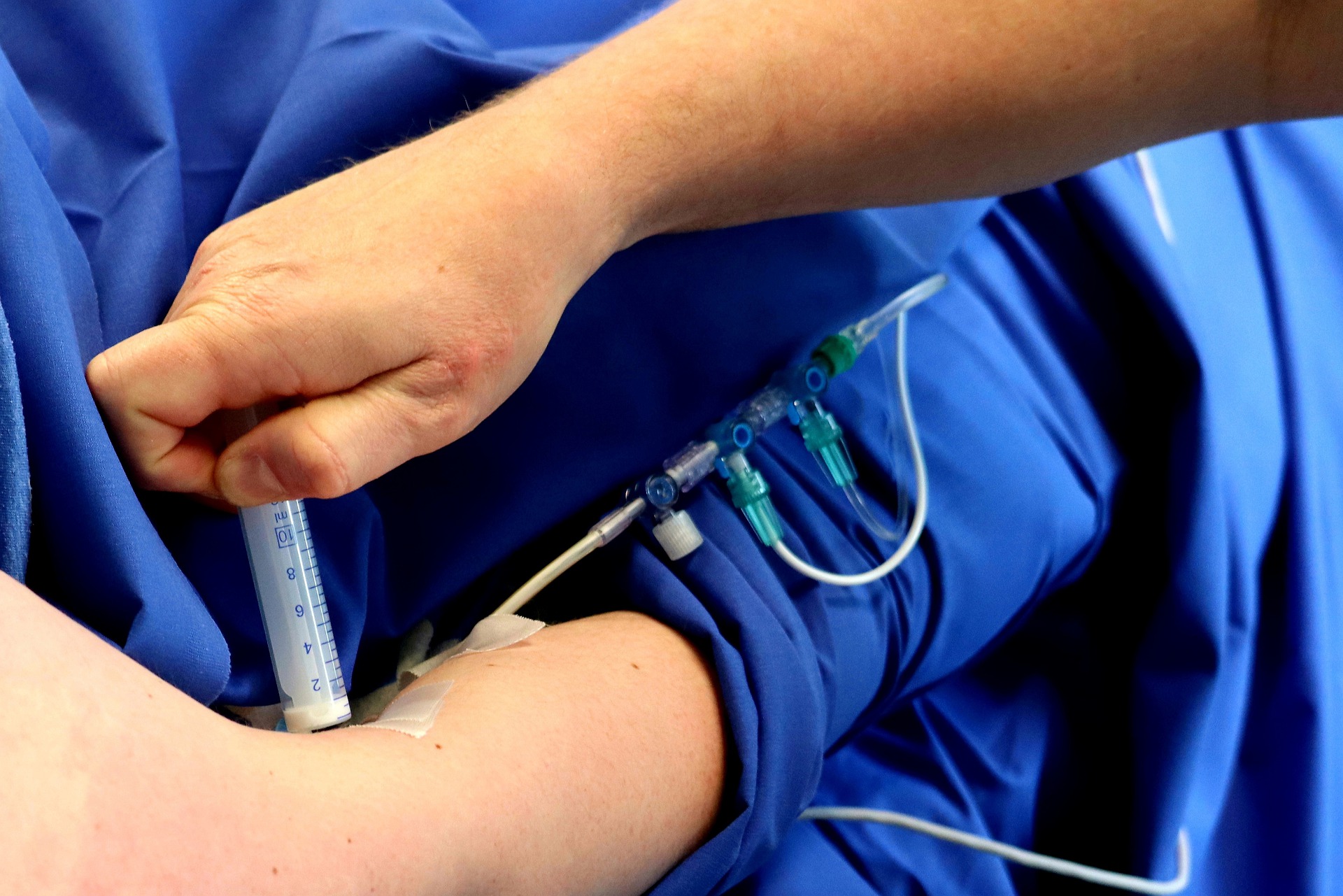During the prototyping phase, your medical device uses different materials and processes for effective testing and optimizing. Medical equipment such as catheters, stents, tubes and more require durable yet flexible tube structure. Creating a flexible tube structure that is durable and reliable in any instance can be difficult.
The proper materials and process to form strong catheters, stents and tubes while ensuring costs and time are optimized require in-depth knowledge of medical device manufacturing. Forming a flexible tube structure through braiding is the most efficient way to develop parts for medical equipment, from prototype to mass production.
An engineering team who is familiar with braiding can efficiently create flexible, durable tubes for different projects. The engineers at NPX leverage state-of-the-art technology and methods to accomplish this feat for medical equipment prototypes and final products. The materials and process to do so is specific and rigorous, but it helps improve efficiency and production.
Materials for Flexible Tube Structures
To begin prototyping parts for medical equipment, durable and cost-effective material will determine the success of the project. Silicon is durable and flexible. The sturdy material will hold up during testing while being malleable and flexible at the same time. For creating a medical equipment prototype, engineers often use silicon-based materials.
When attempting to form a flexible tube structure through braiding, silicon reinforces the braid and supports other materials. Metals, fiber and wire meld together in different layers of polymers to form a strong, durable and still flexible catheter. This conglomeration of materials creates a sturdy unit to prototype medical equipment parts. During this process, creating different parts can be expensive and time-consuming. These materials are affordable and assist in streamlining the prototyping process for faster testing and optimization.
The Process of Forming Flexible Tube Structures
Flexible tubes are key components to medical devices and equipment. Engineers often look for designs that are strong enough to prevent the tube from breaking or kinking, while still being flexible enough for different fluids to flow freely. This is where the process of forming flexible tubes through braiding comes in. The braided design reinforces tube strength while not compromising flexibility.
The silicon, metals, fibers and wires form a hollow braid. This braided tube is then able to hold its shape while bending. Single bands of material used for tubes do not allow for ideal flexibility and strength. Some materials will cause the tube to be too flexible, introducing kinks and preventing necessary stiffness for usage. Other materials will not be flexible enough.
The braided combination allows for maximum strength while also being flexible and malleable based on need. Engineers utilize this braiding process to create parts for medical equipment prototypes to optimize costs, time and production efficiency.
Benefits of Flexible Tube Braiding
Engineers have found many benefits to forming a flexible tube structure through braiding. By combining materials and skillfully weaving them together, engineers are able to develop medical equipment prototypes quickly and efficiently. Braiding is also effective for final product development for various pieces of medical equipment and devices.
First and foremost, braiding allows for maximum flexibility as well as strong and durable design. These are two key aspects for medical equipment such as catheters, stents, tubes and more. Whether it is for a prototype or for a final product, braiding is an effective solution for flexible tubes.
In addition to flexibility and durability, braiding helps improve pushability, torque response, higher burst pressure resistance and kink resistance. The strong structure of braiding a flexible tube allows for increased control and strength for tubing. With this design employed, engineers can ensure a reliable piece is created for doctors, surgeons and patients.
Create Medical Equipment with NPX
Medical professionals rely on quality equipment and devices for research, patient care and more. Their equipment must meet certain standards and must be able to perform tasks correctly in order for it to be effective. Creating medical equipment demands expert design and structure. The world-class engineers at NPX understand what makes medical equipment effective and strong.
Our research team and engineers collaborate to create reliable, durable medical equipment for doctors, surgeons and patients. The products we create are designed to improve the quality of life and the care for patients around the world.
If you have a design for medical equipment that you want to bring to the market, work with the team at NPX. We utilize global resources and have partnered with Nextern Health to design, prototype, optimize and manufacture your medical device project. Contact NPX and learn what you can achieve through a partnership with us.



